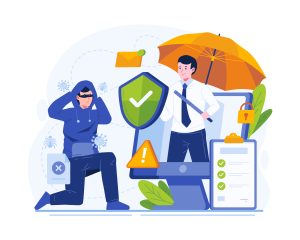This short post is an edited excerpt from the Spicy Learning Guide, an essential compendium of 101 tips to improve your learning strategy. Register here to receive your free copy!
An inaccessible e-learning course risks non-compliance, frustration, anxiety and lost productivity. Saffron’s five tips will help you avoid all that and build something accessible, usable and ultimately more effective.
1. Revise your definition
Yes, accessibility is about catering to users with disabilities, but it pays to take a broader view: accessibility is about usability. Everyone benefits from easy-to-use interactions, intuitive navigation, clear language and a considered design.
2. Build accessibility into your plans
Many people believe an accessible course is an expensive course, but this doesn’t have to be the case. Consider accessibility from the outset, plan how you’ll build it into your design, and you’ll find that the investment pays off.
3. Aim for accessibility, not perfection
It’s worth finding some guidelines, like the W3C standards. They apply to websites rather than e-learning, so create your own test plans that tick as many of the boxes as possible and find alternatives if you can’t meet a particular requirement.
4. Don’t be tempted to build two versions
Creating a separate version of an e-learning course isn’t inclusive, so it opens you up to equivalence issues. It also adds to your workload, which impacts the timescales and bottom line, and it can compromise testing procedures.
5. Be aware of the common mistakes
Don’t create interactions that require intricate mouse control. Don’t design a course that relies on an awareness of the visual layout. Don’t use descriptions that will be lost on visually impaired users (‘click on the green box on the right…’).




